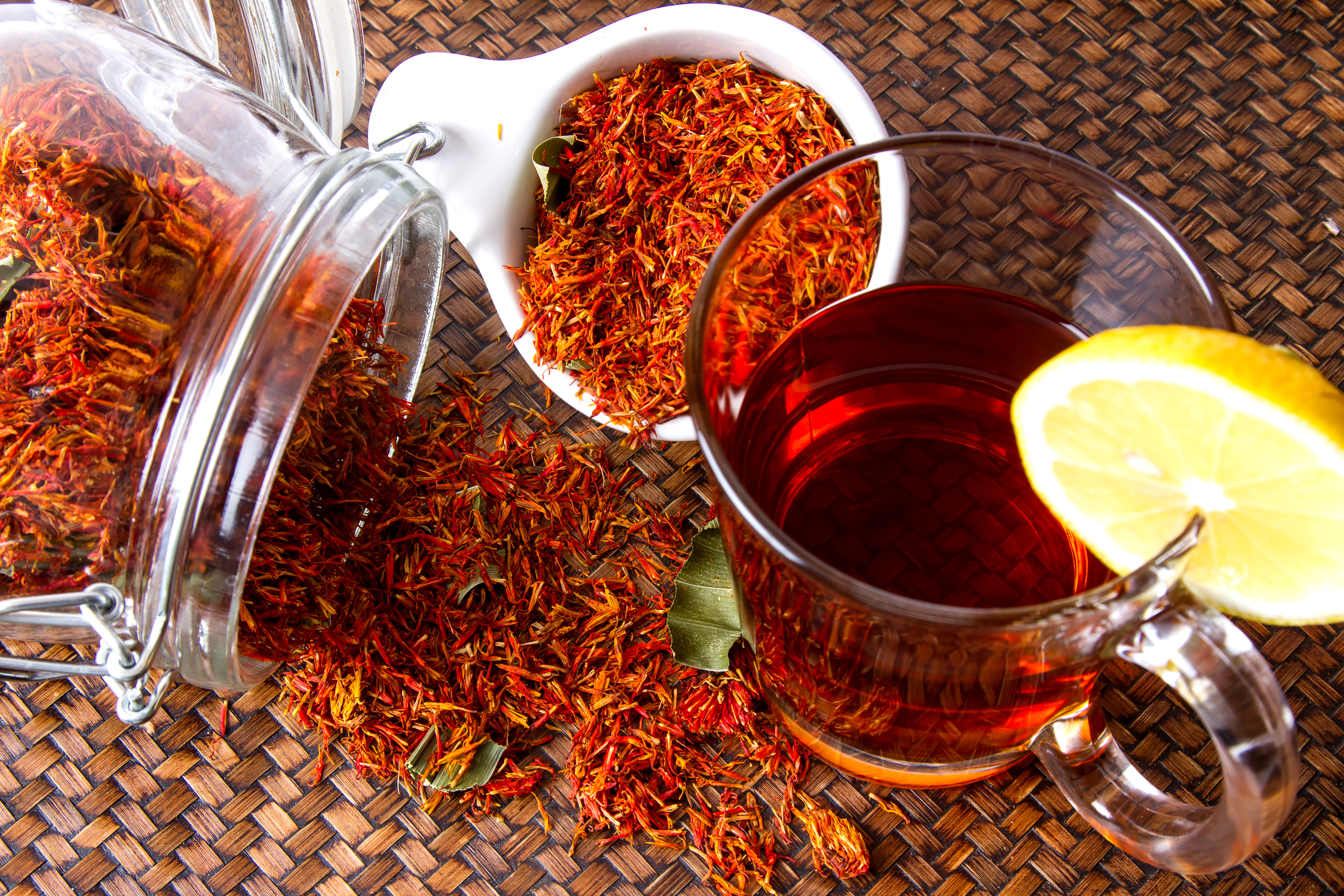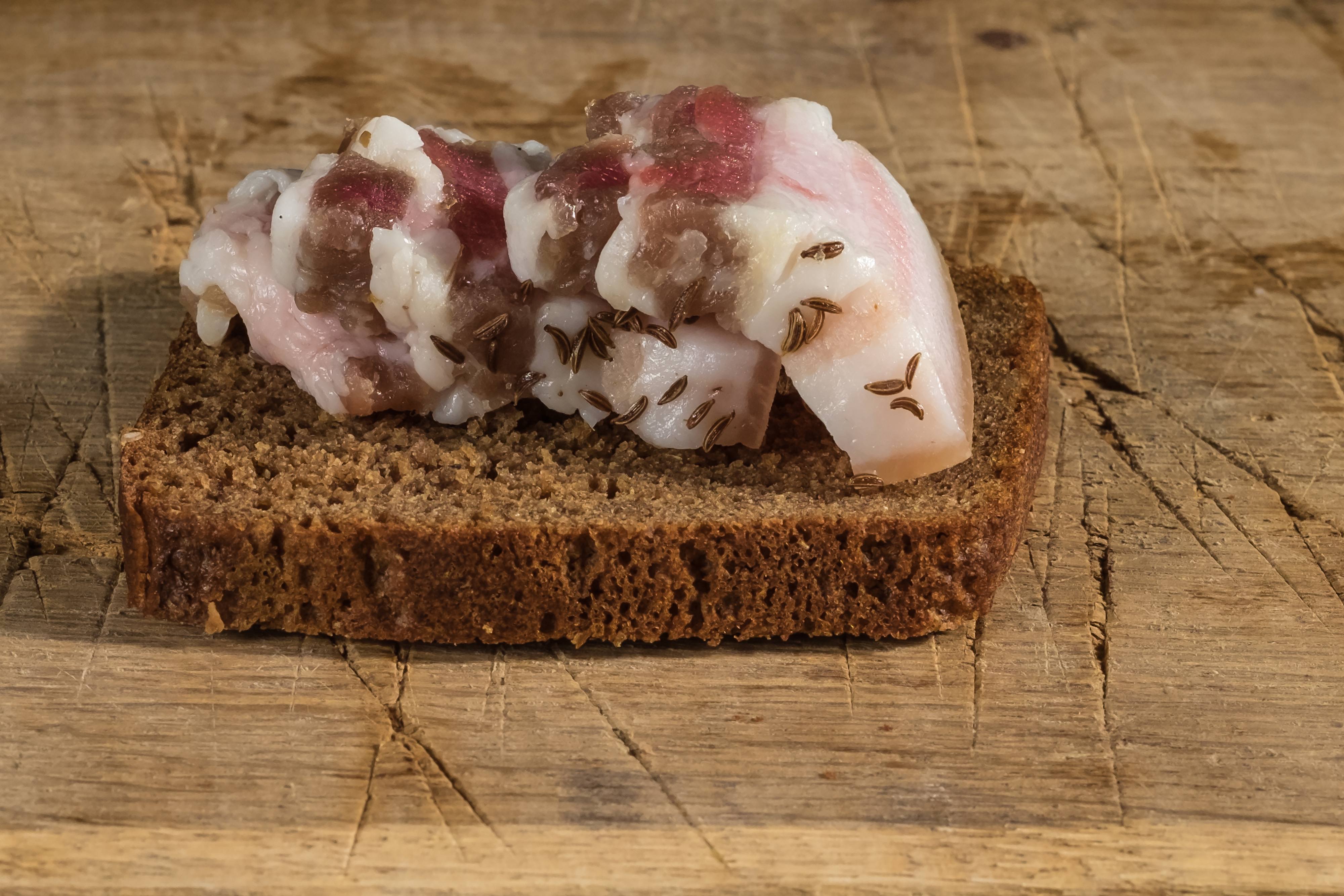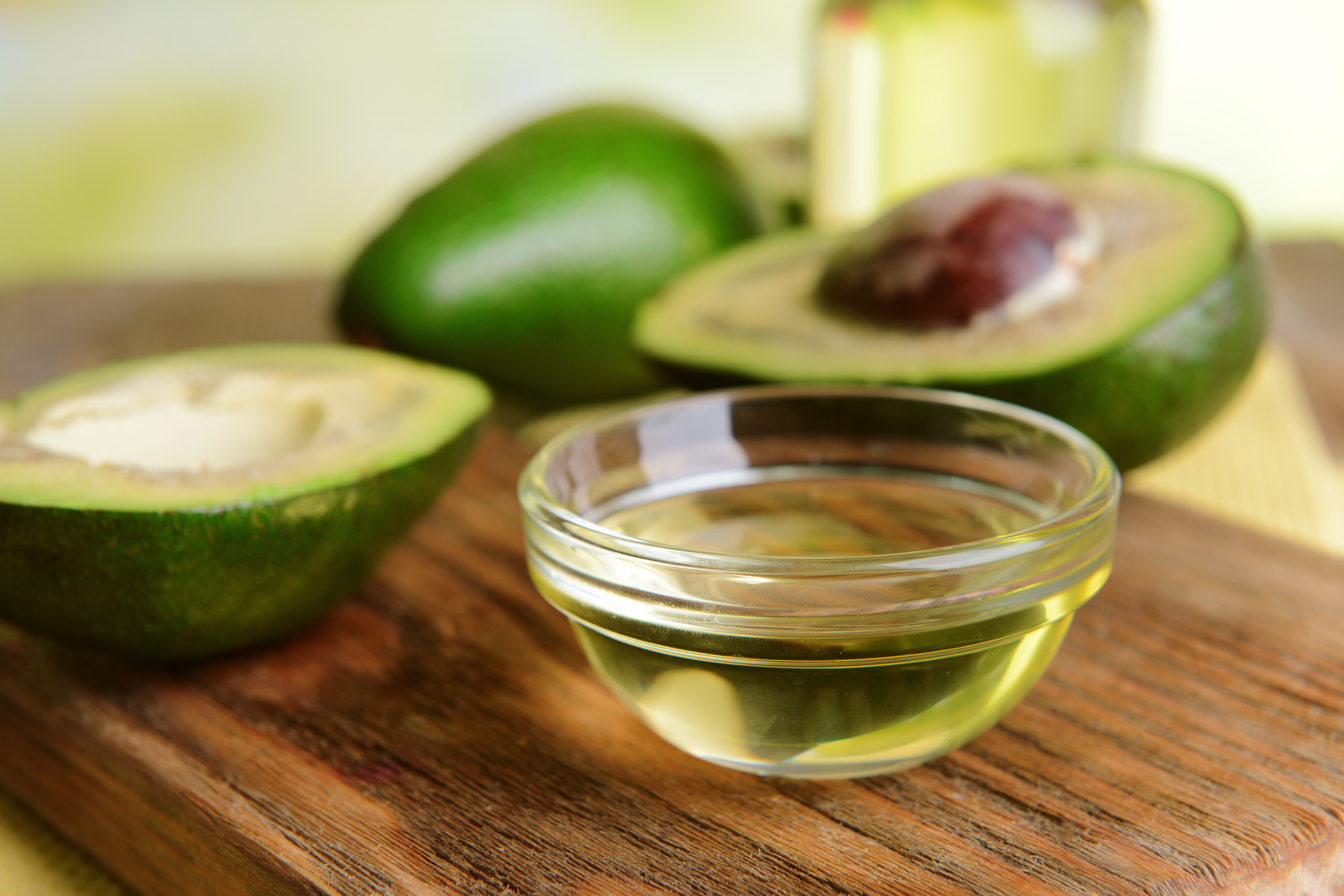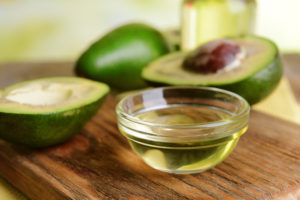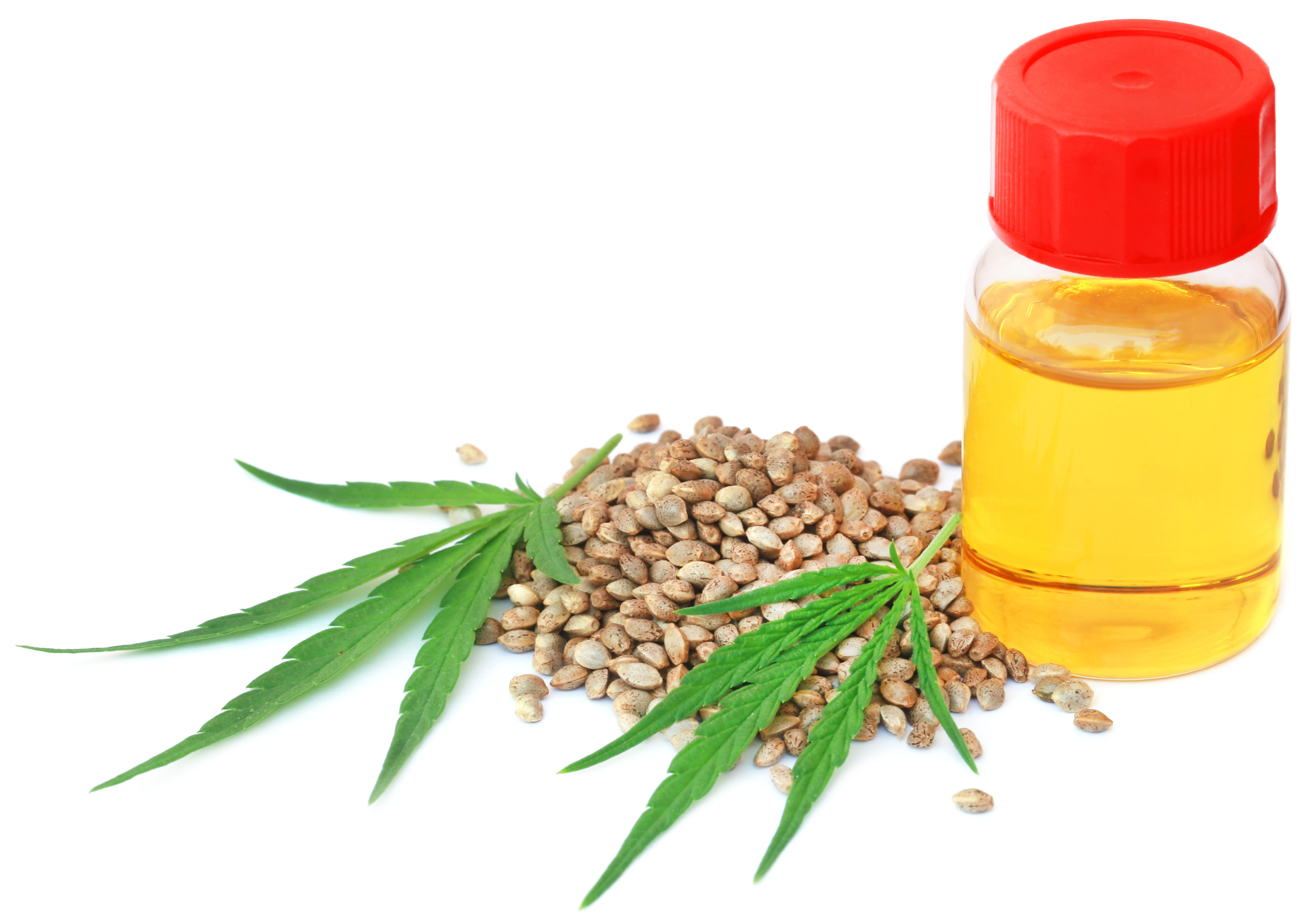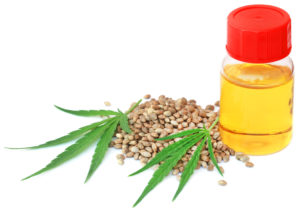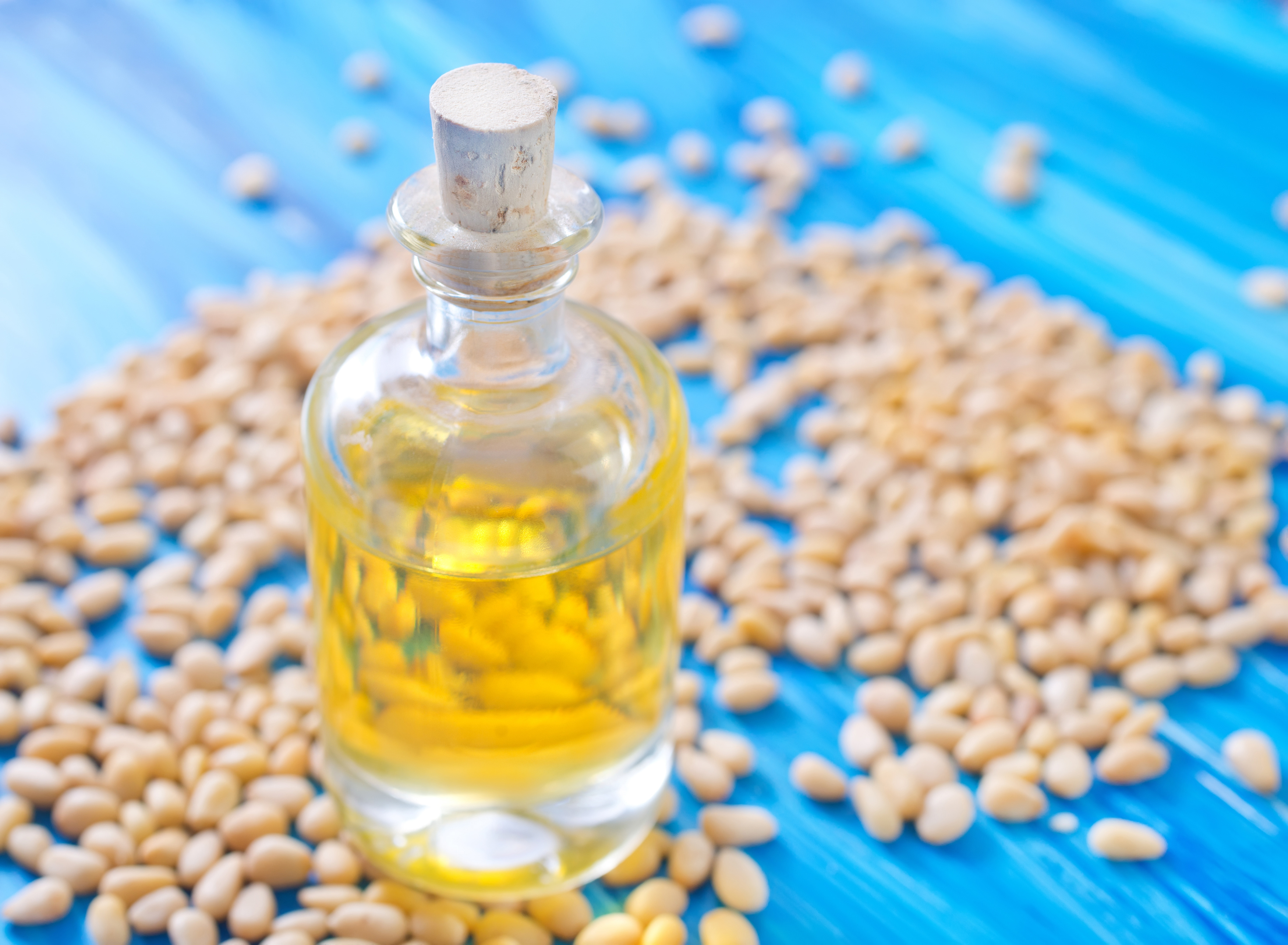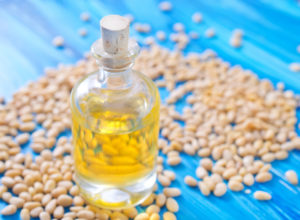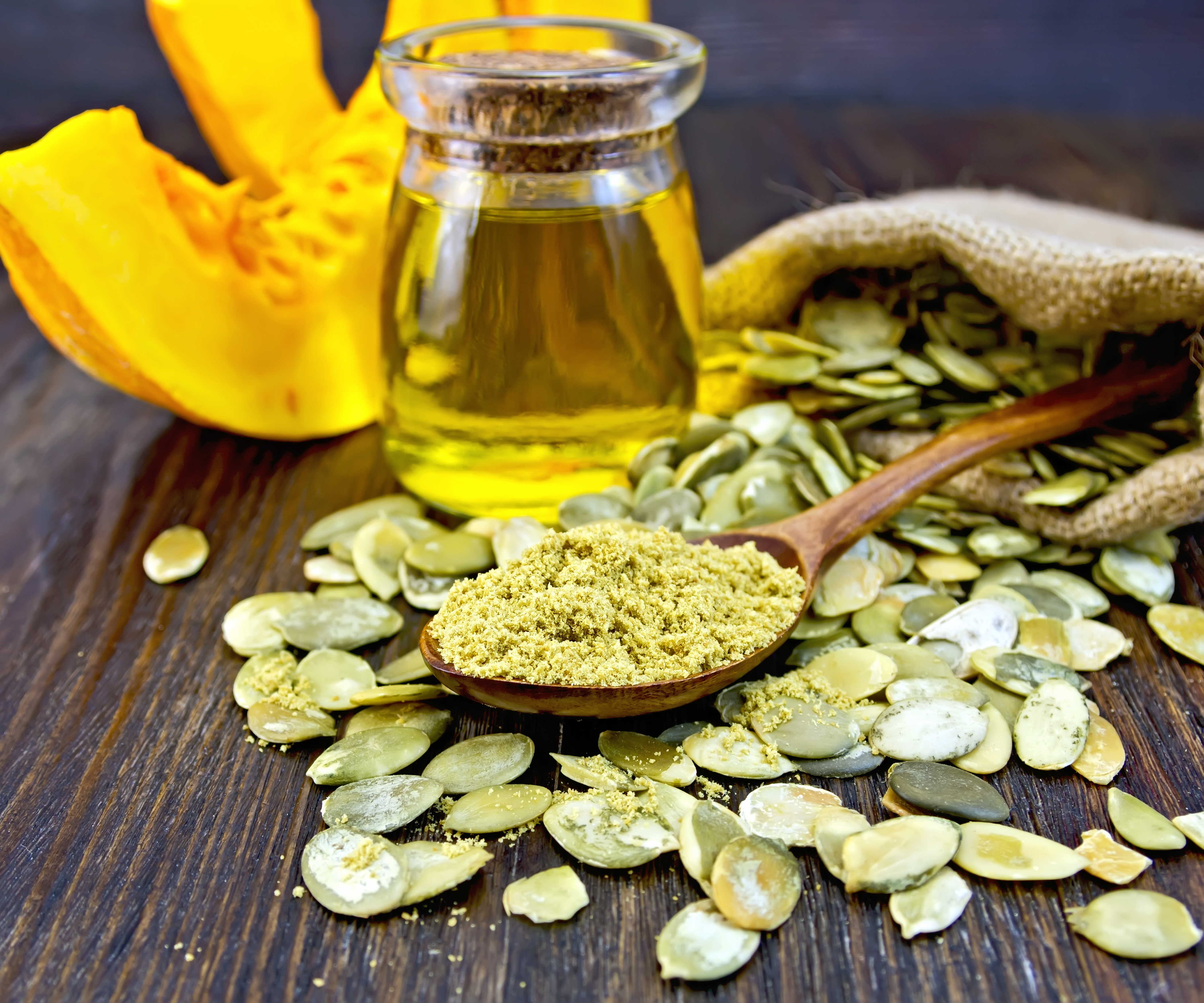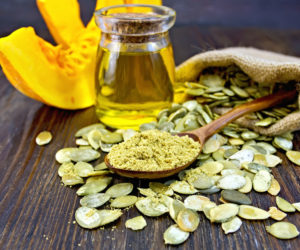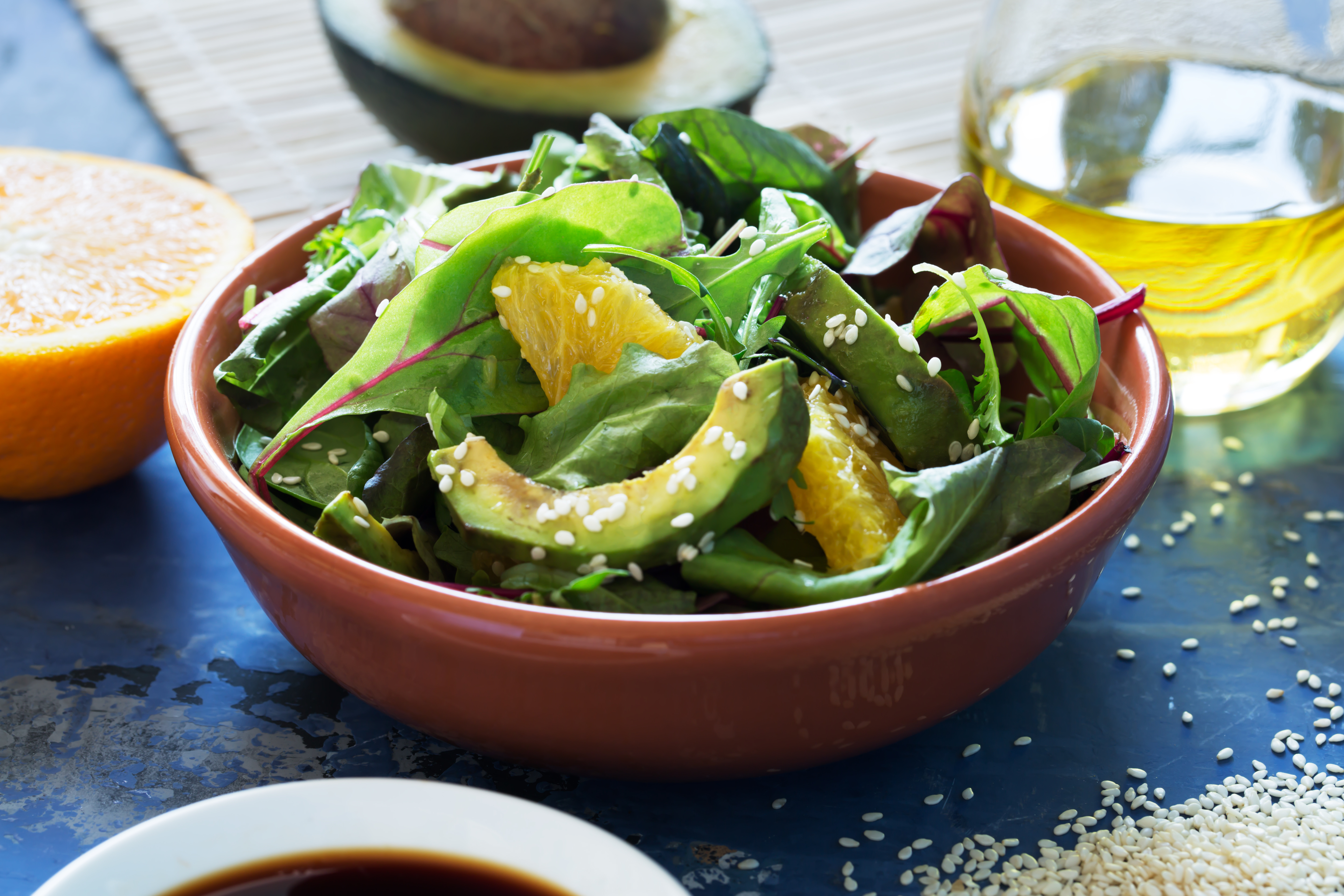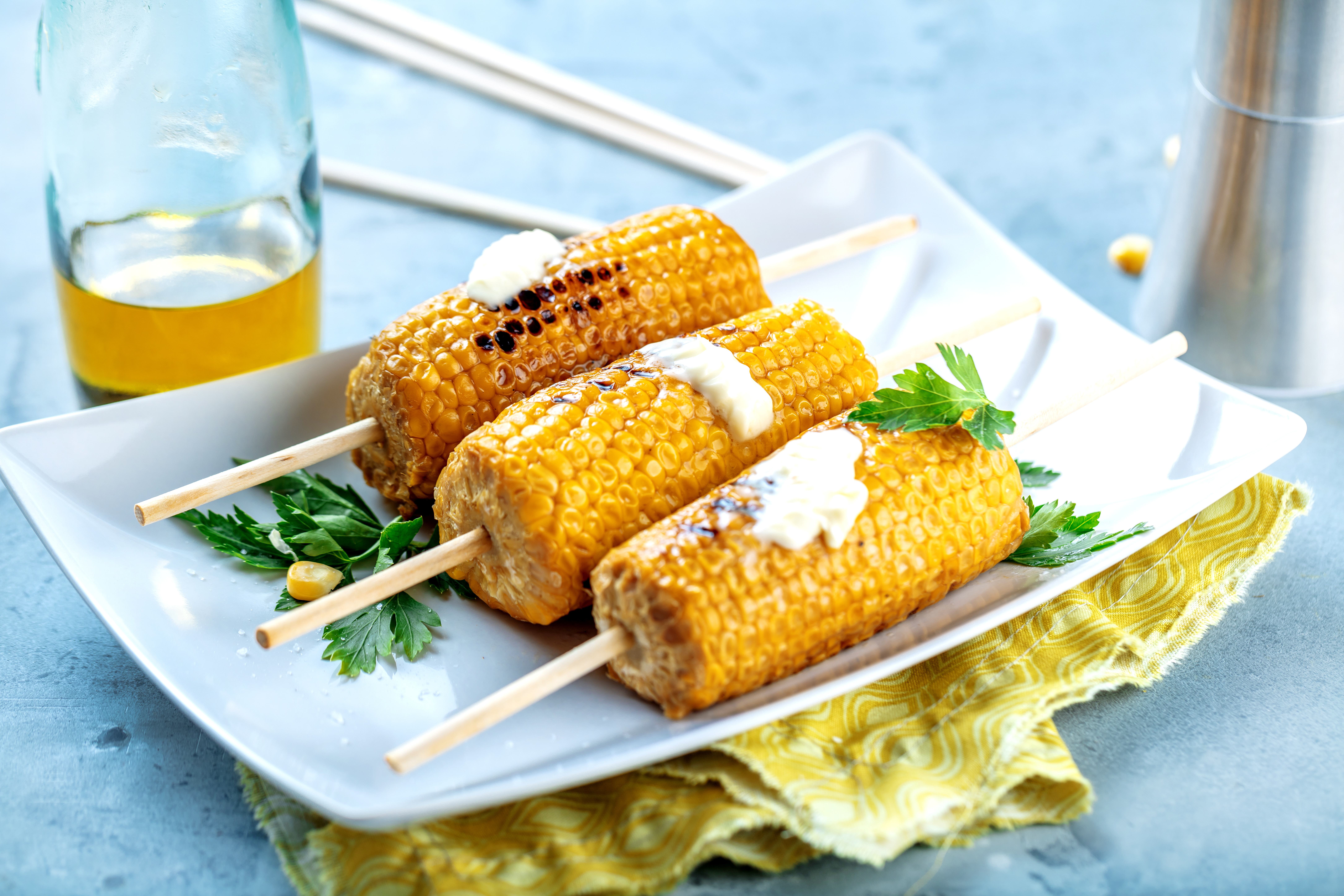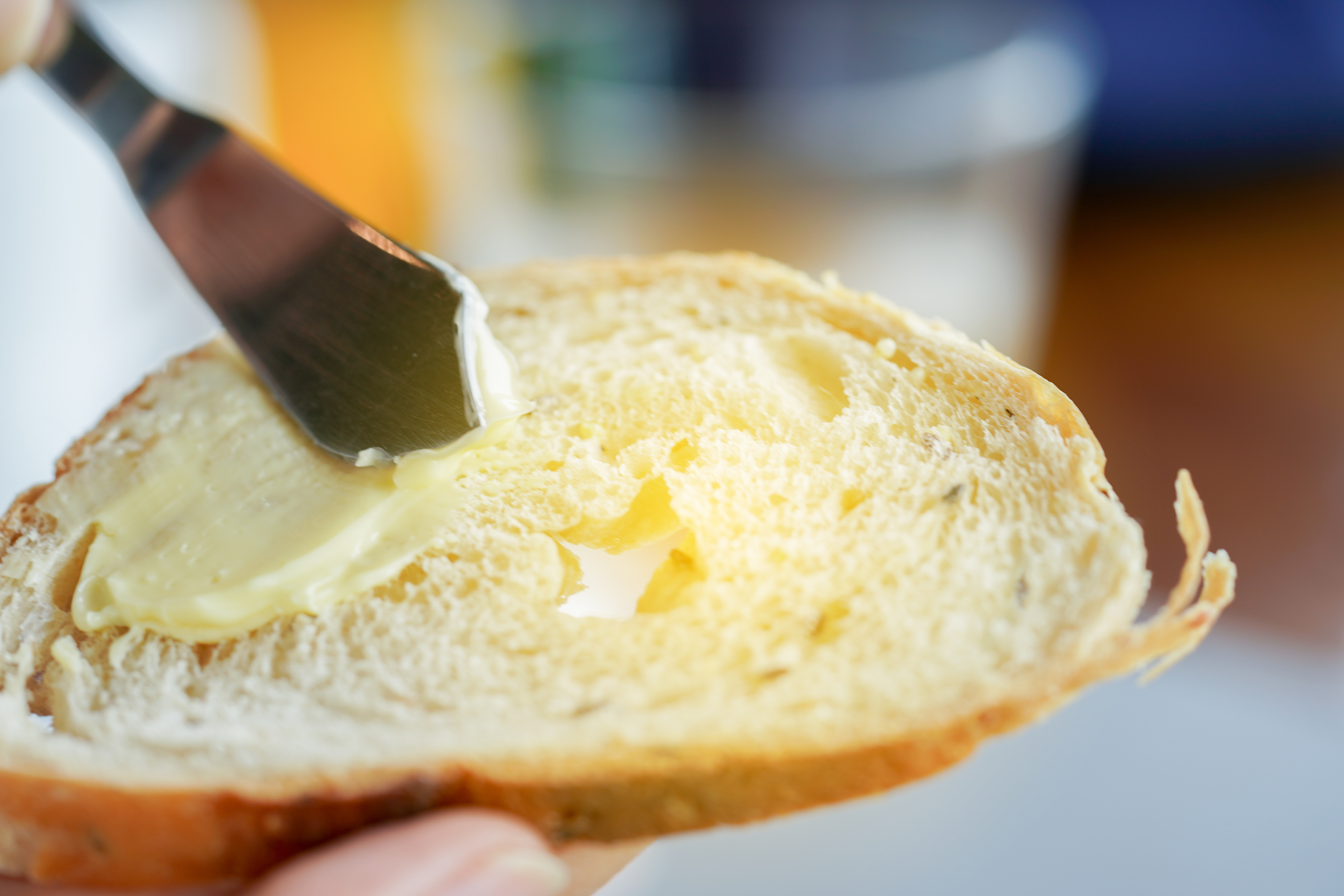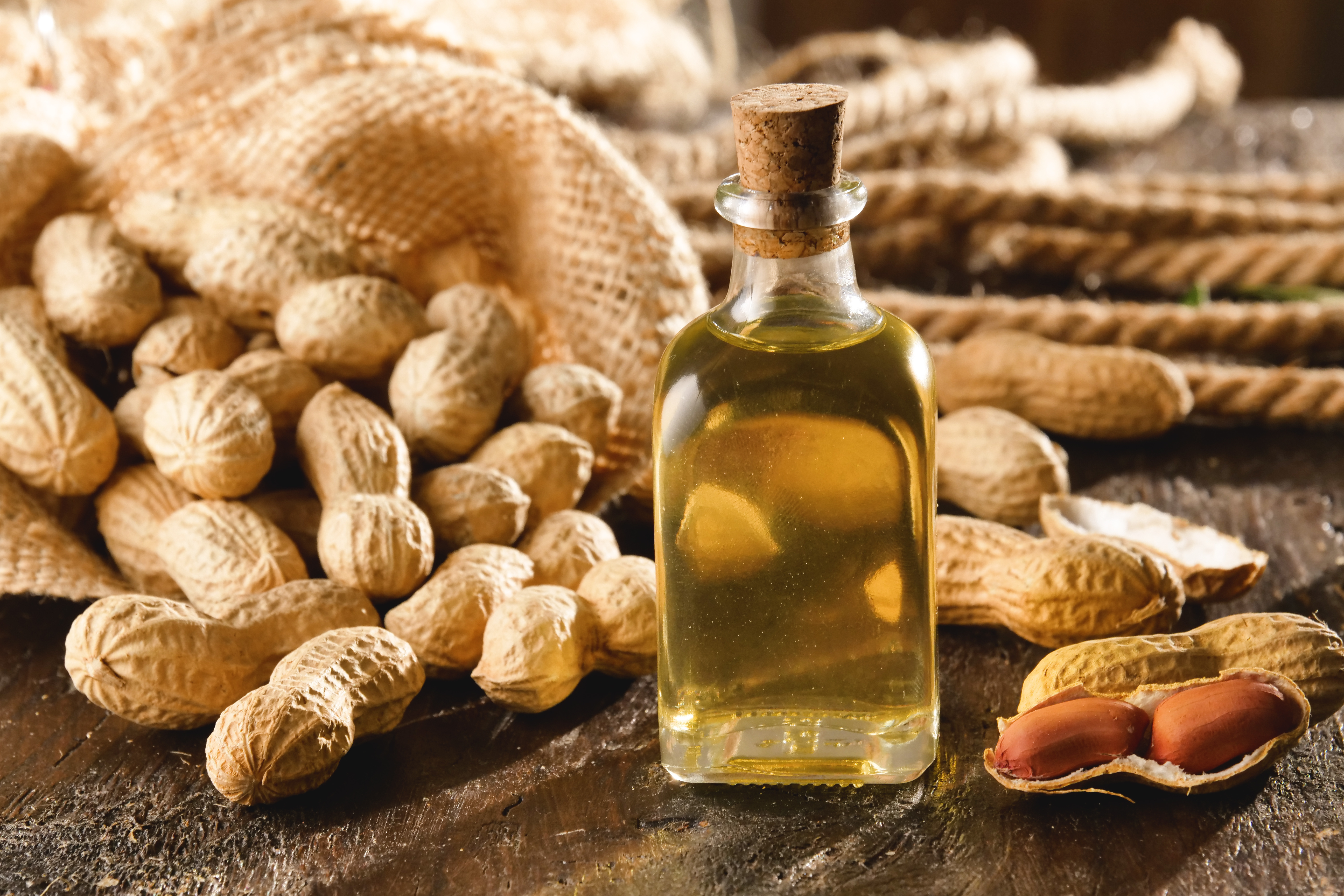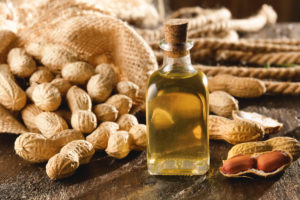
When it comes to choosing an oil for cooking or cosmetic purposes, you will find that there are so many different kinds of seed oils on the market today. With that many options and names you probably haven’t even heard of before, it’s a bit harder to decide on which one to use.
You may have even seen the name Safflower Oil here and there, and have heard many things about it. In this article, we will give you a full run-down of what safflower oil is and if it is ultimately a good addition to your kitchen cupboard.
Where does it come from?
Safflower Oil is made from the seeds of the safflower plant. This plant has been used throughout human history in different parts of the world for various purposes. For example, Ancient Greeks and Egyptians used safflower to make dyes and as medicine. It was and is still being used in Mexican cuisine.
This thistle-like, branchy plant is harvested of its ripe seeds which then go through cold pressing to extract the crude safflower oil. Another means of extraction is by adding chemical solvents. The oil may or may not go through a refining process afterward.
The end result is two different types of colorless oils. One type is high-oleic which is high in monounsaturated fats which makes it perfect for cooking at high temperatures. The other is high-linoleic safflower oil which is high in polyunsaturated fat. It is not recommended for cooking but can be used on salads, or more commonly in making paint.
What is it used for?
Safflower oil has found itself in many kitchens as a healthier replacement to vegetable oils, but that is not its only use. Other uses of safflower oil include:
Hair and Skincare
Safflower oil is rich in vitamins such as oleic acid which helps to improve hair and scalp health by increasing blood circulation. This, in turn, stimulates hair growth and strengthens hair follicles. Using safflower oil also has an immediate visible effect, as it makes hair look shiny and can also make it more manageable.
Linoleic acid in Safflower oil stimulates the regeneration of skin cells which helps to improve the appearance of your skin. It also combines with the sebum in your skin to help unclog pores, prevent blackheads and reduce the buildup of sebum under the skin which causes acne.
Prevents heart disease and diabetes
Safflower oil has a high concentration of omega-6 fatty acids which helps to regulate the cholesterol levels in the body. This, in turn, decreases the risk of heart disease and stroke. It also helps to regulate blood sugar which helps to manage or prevent the development of diabetes.
This oil can also make the platelets in the blood less sticky which prevents blood clots that can lead to a heart attack or stroke.
Promoting weight loss
If you are struggling to lose weight on account of your diet, switching to Safflower oil can be a real gamechanger. The omega-6 fatty acids contained in this oil helps the body to burn fat instead of storing it.
Treating PMS symptoms
If you are one of the many women who suffer from bad period pains and discomfort, adding Safflower oil to your diet may help to treat or relieve some of those symptoms. This is due to the presence of linoleic acid which regulates the prostaglandins in the body which are responsible for the hormone fluctuations and menstrual symptoms.
Unlike hormonal supplements which can have dangerous side effects when used to treat these symptoms, Safflower oil offers a natural alternative which can help to regulate menstrual cycles and decrease the severity of its symptoms.
Boosting the immune system and fighting inflammation
Although Safflower oil can regulate the prostaglandins in the body, it can also form some of these hormones which helps to boost the immune system. Adding it to your diet offers you additional protection from viruses and disease.
The unsaturated fat content of Safflower oil helps to reduce inflammation, especially if you have diabetes or heart disease.
Nutritional facts
In one tablespoon of Safflower oil, you will find:
• Calories: 120• Calories from fat: 122• Total Fat: 14g• Saturated Fat: 1g• Monounsaturated Fat: 10g• Polyunsaturated Fat: 2g• Carbohydrates: 0g• Protein: 0g
Safflower oil is 100% fat, 0% carbs and 0% protein.
There is 4.6mg or 23% of the recommended daily intake of Vitamin E in one tablespoon of Safflower oil. This vitamin contributes to preventing cancer, protection against diseases such as cataracts and diabetes and even has anti-aging benefits.
Safflower oil also contains Vitamin K, or phylloquinone, which protects against conditions such as varicose veins, arterial calcification, osteoporosis, certain cancers such as lung, prostate and liver cancer along with some brain conditions.
Safflower oil is lacking in minerals.
Type of Fat
Safflower oil consists of three different types of fats namely:
• Saturated fat- The American Heart Association (AHA) recommends that choose oils with less than 4g of saturated fat per tablespoon. This fits the bill as Safflower oil contains only 1g of saturated fat per tablespoon.• Polyunsaturated fat: This type of fat is considered to be “good” fat and has a more positive effect on the cardiovascular system than saturated fats.• Monounsaturated fat: Monounsaturated fat, or MUFAs, are also considered to be “good” fat. It helps to increase your HDL, or “good” cholesterol level, and by default, lower LDL, or “bad” cholesterol levels.
Taste and smell
Safflower oil is loved for its mild or neutral taste and smell. It can also be described as odorless and flavorless once refined.
Smoke point
Safflower oil has a high smoke point of between 225°F to over 500°F depending on whether it is refined, semi-refined or unrefined. This is much higher than that of corn oil, sesame oil, canola oil, and olive oil. This makes it perfect for high heat cooking.
Pros
Using Safflower oil definitely has its benefits. Here are the most obvious ones:
• It is a great source of unsaturated fatty acids- Safflower oil is rich in monounsaturated fatty acids and polyunsaturated fatty acids which have several health benefits. It is also low in saturated fats which experts claim are unhealthy and can cause heart disease and obesity.• It has a neutral flavor- Since it has a neutral flavor, this makes it very versatile. It can be used for pan-frying, baking, deep-frying and so on without affecting the true flavor of food.• It is easy to integrate into cooking- If you want to use it as a part of your diet for weight loss, you will be glad to know that it is easy to switch to. This is because it has a mild flavor that anyone can enjoy.• It’s great for the skin- Whether you apply it topically or ingest it, Safflower oil can be used to restore skin health and delay signs of aging. It can be used to treat anything from sunburns of eczema.
Cons
When using Safflower oil, there are also some things that you should bear in mind. Here are a few:
• It can cause short-term digestive issues- Taking Safflower oil in a capsule form may cause upset stomach, cramps, and diarrhea for some users. It may even cause nausea and fatigue.• Low in nutrients and vitamins- Although it can be used to regulate cholesterol levels, Safflower oil is lacking in the nutrients and vitamins department.
What’s the best way to use it
Safflower oil’s high smoke point means that it can be used for deep-frying and stir-frying without burning. It can also be used a salad dressing base since it can be stored in the refrigerator without solidifying.
Others use it in baking and grilling to prevent foods from sticking without altering the flavor.
Alternatives
Safflower oil shares a similar profile to that of Sunflower oil.
For deep frying, you can use corn oil or any other vegetable oil. Wheat-germ oil makes a great salad topper.
Things to note
• If you have issues with blood clotting, you can use safflower oil as it is a natural blood thinner. However, if you are already prescribed a blood thinner or are due for surgery, it is best to avoid it.• If you have a nut allergy and are unsure about how your body will respond to Safflower oil, it is better to consult your doctor beforehand as some persons with nut allergies are also allergic to seeds.• If you are allergic to ragweed (and its relatives), it is best to avoid safflower oil as they are all a part of the same botanical family.• Before using Safflower oil topically, it is advised that you perform a patch test. All you have to do is rub a drop of the oil into an area of your skin and wait for at least 48 hours. If there is no allergic reaction, then you can go ahead and use it on your face or body.• Safflower oil should be stored in a cool, dry place away from direct sunlight. It may also be stored in your fridge and it won’t turn cloudy like olive oil.
Conclusion- Healthy or Unhealthy?
Though it is not the superfood many sellers advertise it to be, it has been given the thumbs up by the American Health Association as a healthy cooking oil cooking. It is also very versatile and can be used in many different forms of cooking.
However, at the end of the day, you should still bear in mind that Safflower oil is still a fat and can become unhealthy once it is used excessively.
